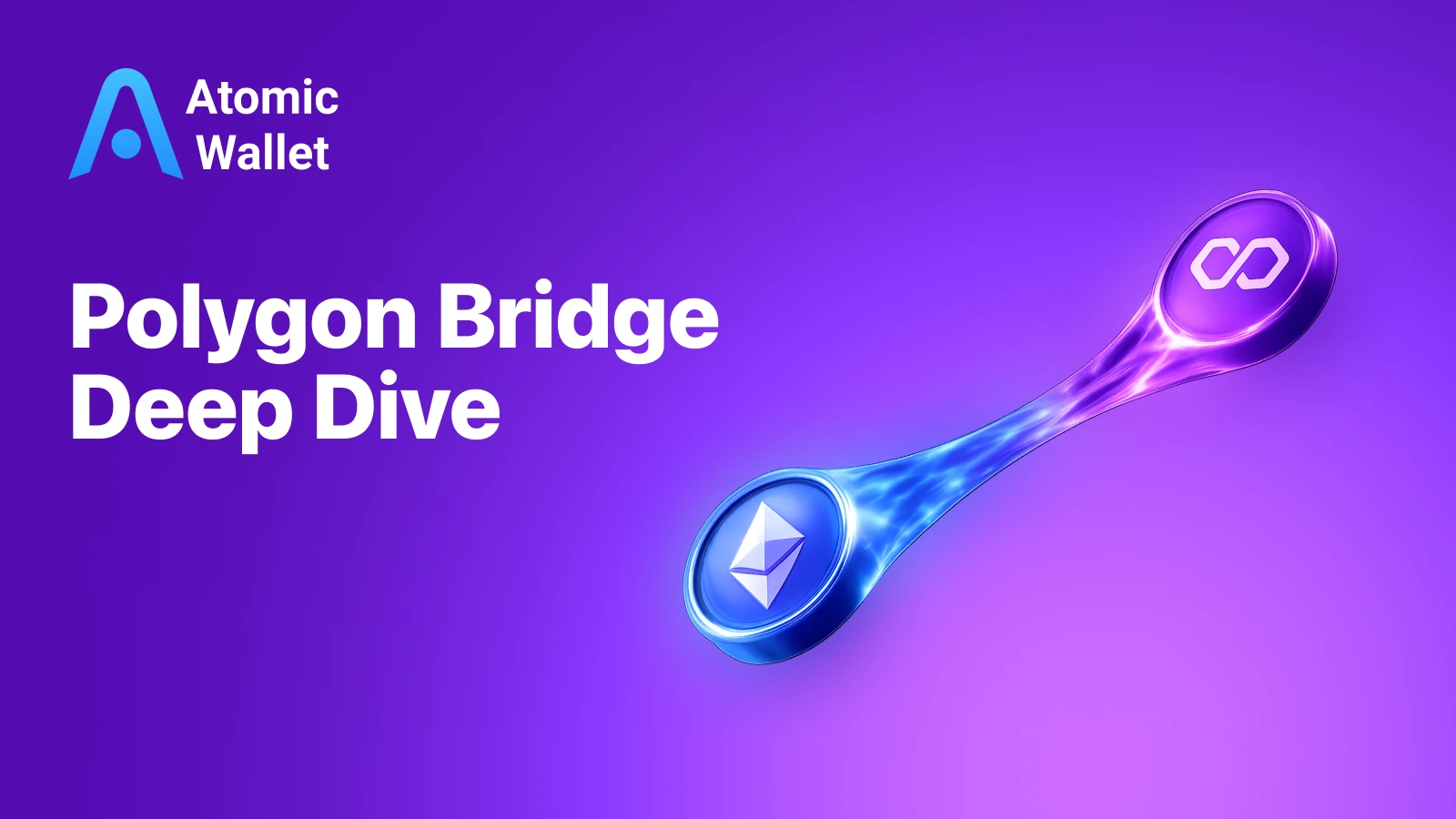Assets

Exchange

Buy Crypto



.webp)
Bitcoin arrived in 2009 with a bold promise: to cut out the middleman entirely. Satoshi Nakamoto didn't just want to build another payment system — they wanted to fundamentally change how money works. It was about trustless value transfer, transparency, and control over one’s own assets.
Two years later, in 2011, Charlie Lee — an ex-Google engineer — launched Litecoin (LTC). It wasn’t meant to replace Bitcoin. In Lee’s own words, "Litecoin is the silver to Bitcoin’s gold." Instead, it was built to complement it: faster block times, lower fees, and a new hashing algorithm that, at the time, resisted industrial-scale mining.
Fast-forward to 2025, and the BTC vs LTC debate is still going strong — just with much more data to compare.
📌 Did You Know? Litecoin was the first network to successfully activate SegWit — a major Bitcoin upgrade — before Bitcoin itself in 2017.
.webp)
Bitcoin uses the SHA-256 algorithm, which is now dominated by industrial-scale ASIC mining farms. This has centralized hashing power, raising concerns even from within the Bitcoin community. As of May 2024, Bitcoin’s hashrate topped 730.50 EH/s (exahashes per second), according to data from Statista.
Litecoin uses the Scrypt hashing algorithm, originally intended to make mining more accessible. While initially ASIC-resistant, it too eventually fell to ASIC dominance. Litecoin’s network hashrate hovered around 2.45 PH/s (petahash) in June 2025 — over 581,000 times smaller than Bitcoin’s, illustrating the vast difference in network scale and security budget.
Let’s talk throughput — a critical metric for daily usability:
In real-world conditions, Litecoin often confirms payments in under 5 minutes, while Bitcoin transactions may sit unconfirmed during high network congestion — unless a higher fee is paid.
Here's where both networks get clever about scarcity:
But here's the kicker: Bitcoin will only ever have 21 million coins, while Litecoin caps at 84 million. That tighter supply gives Bitcoin more psychological punch when markets get excited.
Retail Adoption: According to BitPay, LTC was the third most-used crypto for merchant payments in 2024, behind BTC and USDT.

This comes down to intent:
Bitcoin thrives on institutional capital, scarcity narratives, and growing support from financial markets. Litecoin, meanwhile, continues quietly chipping away at the payments niche — even if its brand isn’t quite as flashy.
If you’re just getting into crypto and want a low-cost way to experiment with transfers, wallets, and real usage, consider starting with LTC. You can get Litecoin instantly via Atomic Wallet and experience how crypto payments actually work.
Both assets are widely available:
Bitcoin and Litecoin share common DNA but serve different roles. Bitcoin is the store of value — a digital reserve asset growing into the mainstream. Litecoin is the nimble workhorse, optimized for speed, cost, and simplicity.
As Charlie Lee said in 2011: "Litecoin complements Bitcoin. It’s meant to fill a different need — and that’s still true today."
For users, it’s not a matter of “BTC vs LTC” — it’s about the right tool for the right job.
But when it comes to litecoin transaction time, network speed, and everyday usability, Litecoin quietly outperforms. It’s fast, it’s cheap, and it works — especially if you're wondering how to pay with litecoin in real life.
Litecoin keeps quietly winning the payments game. More merchants accept it through BitPay, and it's become the go-to choice for small, quick transactions. The bottom line? Bitcoin attracts the big money, but Litecoin handles the day-to-day stuff. There's room for both — crypto doesn't need a single winner.

Learn how Polygon Bridge works and move Polygon crypto like USDC Polygon between Ethereum and Polygon step by step.